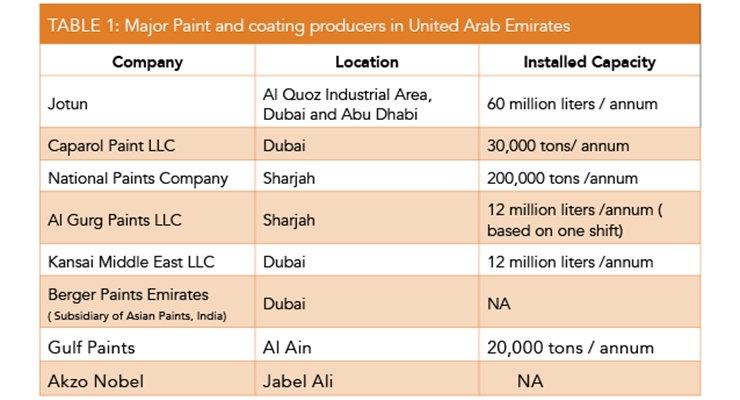Yearning For A Remarkable Coating? Discover Just How Weather Condition Variables Can Guide The Success Of Your External Painting Project, Unraveling Essential Secrets For A Specialist End Result
Yearning For A Remarkable Coating? Discover Just How Weather Condition Variables Can Guide The Success Of Your External Painting Project, Unraveling Essential Secrets For A Specialist End Result
Blog Article
Material Author-Kidd Morin
Recognizing exactly how weather can influence the outcome of an outside painting endeavor is critical for achieving a remarkable coating. From temperature level changes altering paint attachment to moisture levels affecting drying out times, each aspect of climate plays a substantial role in the success of your job. Furthermore, wind rate and precipitation can present unanticipated obstacles that may compromise the top quality of the final result. As we browse through the subtleties of weather condition's impact on exterior paint, it ends up being apparent that thorough preparation and calculated timing are vital for ensuring a specialist and resilient outcome.
Perfect Temperature Level Range for Paint
When thinking about external painting tasks, the perfect temperature variety plays an important function in accomplishing ideal outcomes. Painting in the right temperature level conditions ensures that the paint sticks properly to the surface area, dries out uniformly, and cures successfully. Generally, the suggested temperature array for exterior paint is between 50 to 85 levels Fahrenheit.
Painting in temperatures below 50 levels Fahrenheit can bring about issues such as poor paint bond, extended drying out times, and an increased likelihood of splitting or peeling off.
On the other hand, painting in temperature levels over 85 levels Fahrenheit can cause the paint to dry too swiftly, causing blistering, bubbling, and an uneven finish.
To accomplish the most effective results, it is essential to examine the weather report prior to beginning an exterior paint task. Preferably, aim to paint throughout light weather with modest temperatures and low moisture levels.
Results of Humidity on Paint Drying
Humidity levels substantially affect the drying procedure of paint related to exterior surfaces. High humidity can extend the drying out time of paint, leading to prospective problems such as leaking, spotting, or perhaps the development of bubbles on the repainted surface area. Interior Painters Near Me decreases the evaporation of water from the paint, impeding the treating process. This is especially bothersome for water-based paints, as they rely upon evaporation for drying.
On the other hand, reduced humidity degrees can additionally affect paint drying out. Incredibly dry conditions might cause the paint to dry as well rapidly, causing bad bond and a rough surface. In https://exteriorhousepaintersnear88887.is-blog.com/38352684/learn-more-about-the-vital-elements-to-analyze-when-choosing-a-paint-professional-for-your-home-to-ensure-a-successful-restoration , including a paint conditioner or spraying a great haze of water in the air can help regulate humidity degrees and boost the paint outcome.
To guarantee ideal drying conditions, it is suggested to repaint when the moisture levels vary between 40% and 50%.
Tracking moisture levels and taking ideal procedures can help attain a smooth and long lasting paint finish on outside surface areas.
Wind and Precipitation Considerations
Wind rate and precipitation are important aspects that considerably influence the success of an outside painting task.
When it concerns wind, both rate and instructions are important considerations. High wind rates can trigger paint to dry also quickly, causing a poor finish with prospective concerns like fracturing or unequal appearance. In addition, wind can carry particles that may comply with the wet paint, resulting in imperfections. As a result, painters need to intend to work with days with light to modest winds for optimum painting problems.
On the other hand, precipitation, whether rainfall or snow, can be incredibly detrimental to the outcome of an exterior painting project. Moisture from rainfall can prevent paint bond, triggering peeling and bubbling over time. It is vital to prevent paint during stormy or snowy climate to make certain the durability and quality of the paint work. Painters need to also permit sufficient time for the surface to completely dry thoroughly after any rainfall before beginning or resuming the painting procedure.
Verdict
Finally, weather play a substantial role in the outcome of an exterior paint task. The ideal temperature variety, moisture levels, wind rate, and rainfall all add to the success or failure of the paint job.
It is important to take into consideration these aspects and plan as necessary to make sure correct paint attachment, drying out times, and total high quality of the completed product.
